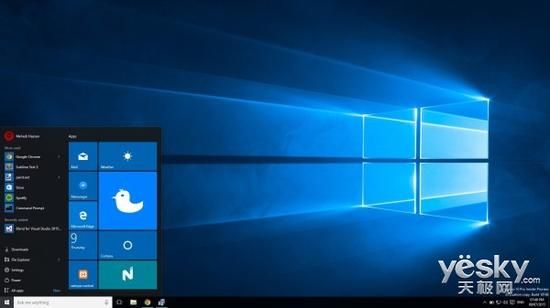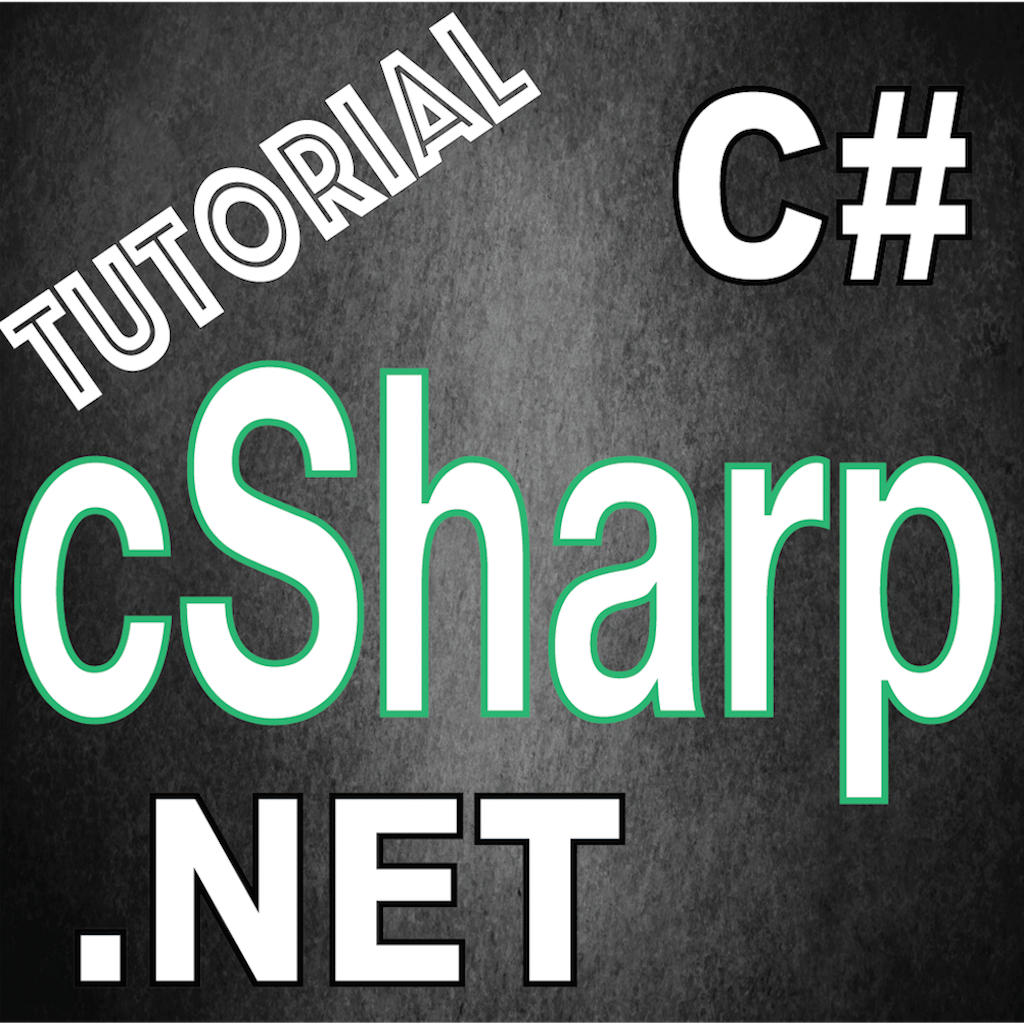
Introduction This article mainly introduces the processing of several common messages in Windows. In "Win32 SDK Basics (8) - Windows Message Mechanism", we introduced the processing of WM_CREATE messages. Before the window is created, we use message processing The function pops up a MessageBox. Based on this, this article introduces other common Windows messages such as WM_DESTROY, WM_SYSCOMMAND, WM_QUIT, WM_SIZE, etc. First, we introduce the SDK Basics (8) - Windows Message Mechanism" is the code in the article, and subsequent experiments are based on this code. #include "stdafx.h" #include "MessageTs.h" HINSTANCE g_hInstance = 0; &nbs
1. Win32 SDK Basics (10) Detailed explanation of several common Windows message processing sample codes

Introduction: An Introduction This article mainly introduces the processing of several common Windows messages. In "Win32 SDK Basics (8) - Windows Message Mechanism", We introduced the processing of WM_CREATE message. Before creating the window, we used the message processing function to pop up a MessageBox. Based on this, this article introduces other common Windows messages such as WM_DESTROY, WM_SYSCOMMAND, WM_QUIT, WM_SIZE and so on. First, we introduce the detailed explanation (picture) of the Windows message mechanism in

Introduction: 1. What is a message Before explaining what a message is, let us first discuss the execution mechanism of the program. Generally speaking, programs can be divided into two categories according to their execution mechanisms: the first category is process-driven. For example, the C program we wrote when we first came into contact with programming, or the microcontroller program. This type of program often has a pre-set execution process, and when we execute it, we just execute it step by step; the second type is event-driven. I believe everyone can understand this incident. The occurrence of each event is random, and each event will have its own moment, similar to events in life.
3 in the program. C# Timer application

Introduction: System.Windows.Forms.Timer is used in WinForm. It is implemented through the Windows message mechanism, similar to the Timer control in VB or Delphi, and is implemented internally using the API SetTimer. Its main disadvantages are that the timing is not precise, and a message loop is required, which cannot be used by Console Application.
4. A brief introduction to PHP non-blocking mode, a brief introduction to php blocking_PHP tutorial
Introduction: A brief introduction PHP non-blocking mode, a brief introduction to PHP blocking. A brief introduction to PHP non-blocking mode, a brief introduction to PHP blocking. Non-blocking mode refers to the message mechanism that uses socket events, and the communication between the Server and the Client is in an asynchronous state. Let PHP no longer
5. A brief introduction to PHP non-blocking mode, a brief introduction to PHP blocking
Introduction: Simple Introducing PHP non-blocking mode and briefly introducing PHP blocking. A brief introduction to PHP non-blocking mode, a brief introduction to PHP blocking. The non-blocking mode refers to the message mechanism that uses socket events, and the communication between the Server and the Client is in an asynchronous state. Let PHP no longer
6. A brief introduction to PHP non-blocking mode_php example
Introduction: non-blocking mode It refers to the message mechanism that uses socket events. The communication between the Server and the Client is in an asynchronous state. This article introduces the PHP non-blocking mode to everyone. Interested friends should learn together
7. What is the difference between Tor and I2P
Introduction: Original address: http://www.i2p2.de/faq_zh.html#difftor What is the difference between Tor and I2P? Tor and I2P are both mixed networks (MixNetwork) but there are differences in implementation. Instructions and data in the same connection flow to the destination node along the channel (Ciruit) established through the TCP protocol in Tor, while in I2P, the connection is broken up by the message mechanism (Message)
8. A brief introduction to PHP non-blocking mode
Introduction: Non-blocking mode refers to the messaging mechanism that uses socket events, between the Server side and the Client side The communication is asynchronous. Let PHP no longer block. When PHP needs to complete some long-term processing as a back-end process, in order to quickly respond to page requests without making a judgment on the result return, you can take the following measures: 1. If you are using FastCGI mode, use fast
9. A brief introduction to PHP non-blocking mode_PHP
Introduction: Non-blocking mode refers to the use of socket events The message mechanism, the communication between the Server and the Client is in an asynchronous state. This article introduces the PHP non-blocking mode to you. Friends who are interested can learn together
10. javascript Principles and applications of using controls to operate windows_javascript skills
Introduction: If we want to send the content of the chat box with Chinese characters, we must also start with the windows message mechanism. First find the handle of the chat message (you can use the findwindow function or the spy tool), then find the handle of the chat box above, and then we can send the WM_SETTEXT message to this handle
[Related Q&A recommendations]:
android - What are the advantages of implementing interface decoupling through messaging?
The above is the detailed content of Talk about the current status, prospects and opportunities of the messaging mechanism. For more information, please follow other related articles on the PHP Chinese website!




